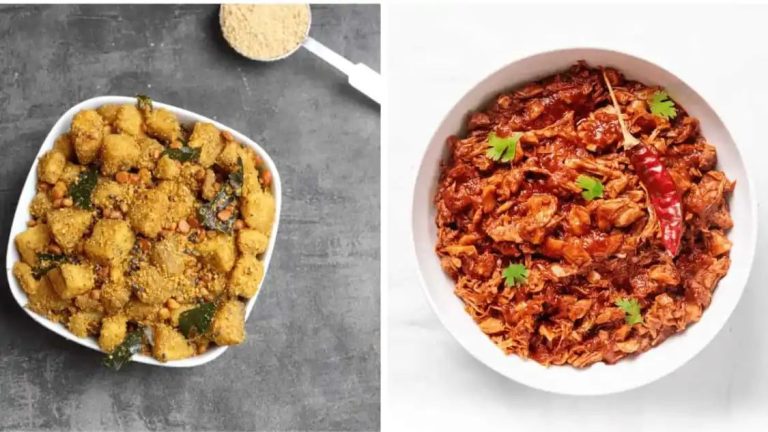Loss and grain: Swetha Sivakumar on how starches embrace and resist change

Forget the stiff upper lip. Getting to know starches can dramatically reduce stress in the kitchen. There are two things that transform these molecules with dramatic effect: water, and heat.
Starches go through different stages when heated variably, and this, unknown to us, gives much of our cooked food its texture.
How does it all work? It helps to think of starch as a regular guy with a routine job, particular about his appearance, not easily swayed by circumstance. That’s starch in its native state. Soak raw rice in water, for instance, and it absorbs a little of it but otherwise registers no change.
Add heat and liquid, though, and you have the equivalent of a weekend out on the town. When first warmed, starch begins to declare its affection for water, hugging it close and not letting go. The organised molecular structure of the grain begins to unravel.
This process of gelation starts at 50 to 80 degrees Celsius, depending on the grain. Oats are at the lower end of this scale, more easily swayed; rice is more reluctant, harder to unsettle.
They all eventually yield, and this is good news for humans. Without gelatinisation, grains – and all the energy they hold, entrusted to them for a future plant – would remain inaccessible. They would be hard, crunchy and inedible to humans.





